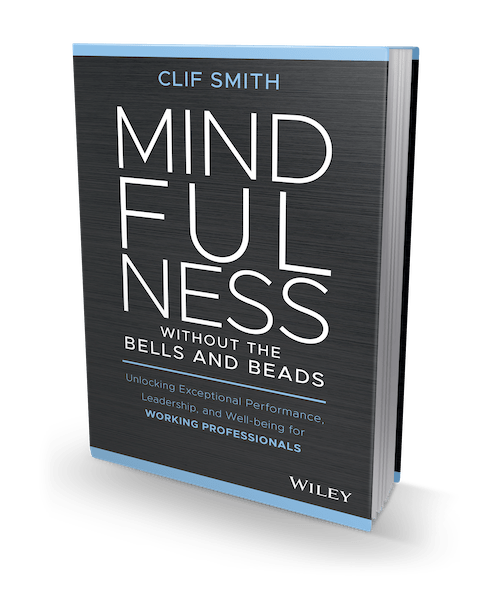Two years ago, when I heard of the tragic death of a young boy in our neighborhood, I had just finished presenting a several-week-long series of mindfulness classes and was relaxing and trying to be present with my own son at our campsite just outside Gettysburg, Pennsylvania. The news shook me like any news of child-related tragedies often shake parents. I was genuinely despondent and yet simultaneously grateful my son was safe. I’m sure the out-of-the-blue hug I gave him lasted a little too long and was a little too tight for his 3-year-old body to contend with so he wriggled out and went back to digging up our plants to find whatever bugs lived beneath them.
My mind immediately ran an imaginary reel of how the events of that day may have unfolded for the working parents, conjuring up the associated emotions in the process:
Mom or dad drops off the child at school on the way to work, doing it in a rush to get to the office more quickly. Stuck in traffic, annoyed it took too long for drop-off again, committing to a plan to streamline the process. Going through the workday dealing with tasks, getting frustrated at ineffective processes, and venting with colleagues about the boss’s latest “good idea.” Sitting in the sterile office of the future-style cube, scanning emails on the all-too-slow work laptop that they’ve been battling with IT for weeks to replace. Wanting to save time at lunch, they continue scanning email and barely taste their meal before rushing on to the next meeting. Then, a curious feeling arises at noticing the school calling and thinking, “Did I forget to pack his lunch? Did he forget to tell me they only have half-day at school, and now I’m going to have to drop everything and pick him up?” As the caller speaks, all the aforementioned frustrations and concerns about being inconvenienced vanish in a tidal wave of pain, disbelief, anger, and deep sadness.
I cry. The imaginary reel jumps forward.
The disappearance of work-related problems makes way for an unquenchable longing to have back even one brief trivial moment with the child, whether it was annoying, frustrating, or uncontrollable. A parallel desire arises to access memories of trivial moments to which, it now becomes painfully clear, little if any conscious attention was paid at the time.
I look over at my son squishing dirt through his fingers I know I will need to help clean off before we eat dinner, intentionally taking in as much of the scene as I can.
It’s an open secret that experiencing the tragedy of loss tends to rip back the heavy curtains of what society holds up as most important, namely, acquiring expensive things and achieving fame, and it reveals what is truly meaningful. In a flash, it becomes clear that genuine connection with the most important people in our lives is what touches us most deeply and it’s precisely what we often take for granted. What’s less apparent is that for most of us, this clearer view lasts only for a short time before we slowly and unconsciously, or perhaps are pressured to, ease back into our habitual behaviors.
We begin again to sacrifice genuine presence with others to multitask or focus on achieving society’s version of success. This drifting back to a lack of authentic presence with others robs us of the many gifts that accompany true interpersonal connection. When the next inevitable catastrophe occurs, we are struck again with the clear view of what is truly important to us. However, this time, the view comes with a dose of self-criticism for again missing so many precious moments while knowing full well what truly matters.
Fortunately, we can learn from the tragedies, catastrophes, and losses, big and small, in our lives. We can use them as reminders to stay present with what’s most important. When you realize the last time you dressed your child was the last time because the child can now do it alone and you wish you had paid more attention to those moments, that’s a reminder. When you realize the last time you bathed your child was the last time and wish you could do it once more but your child won’t let you, that’s a reminder. Noticing these regularly occurring reminders will help you pay closer attention to the “trivial” moments in between. You know, the moments that make up most of your life. You also might begin to realize that moments are made trivial by not paying attention to them; when you pay close enough attention, moments cease to be trivial.
Back at the campground my reel continued, and I imagined what it must be like when you realize there are no longer any crumbs to clean up under your child’s chair and you drop to your knees proclaiming with all your being that you would clean up crumbs for an eternity for just one more moment with your sweet angel.
I go sit with my son on the ground, dig my hands deep into the soil, and join in the most important moment of my life: the present moment.

Excerpted from Mindfulness Without the Bells and Beads: Unlocking Exceptional Performance, Leadership, and Well-being for Working Professionals, Wiley, available April 20, 2021.


